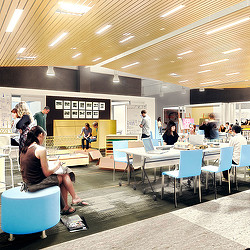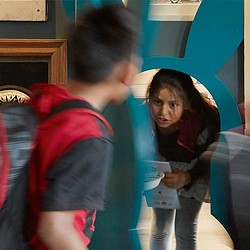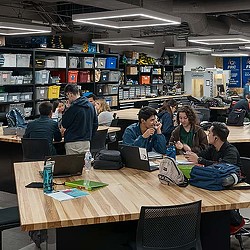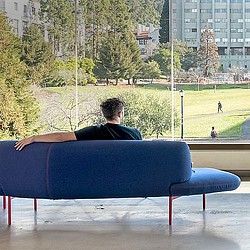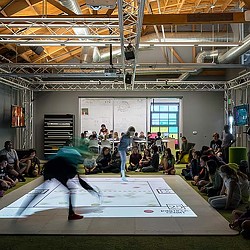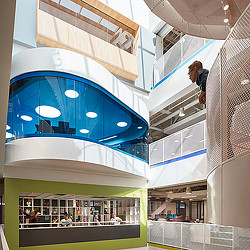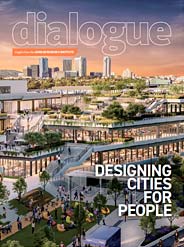To meet the challenges of a rapidly changing world, educators are exploring a shift toward a more personalized learning experience. We sat down with Matt Wunder, of Da Vinci Schools, to learn how these public charter schools are implementing project-based education and providing real-world learning experiences for students.

What changes are impacting how we teach students today?
In the 1880s, Frederick Taylor developed scientific principles that favor the system over the individual, and that approach endures today. Our work is more focused on finding the sweet spot that connects education to employment. We’re about giving students a combination of “college prep meets career technical education,” and making it more personalized. At Da Vinci, we wanted to provide a setting where students could see and work in places that look like where they’ll be after they graduate.
What prompted you to co-locate three charter schools on a single campus?
On one level, it was a pragmatic decision, because it’s hard to find real estate in Los Angeles. But we also wanted to preserve these smaller social communities, so every adult knows the kids on his or her floor. Beyond that, one of our goals was to provide a world-class facility that moves away from a comprehensive high school approach. I think our “less is more” philosophy allows us to dive deeper. Consolidation allows us to achieve economies of scale in areas like food services and athletics. It also gives our students greater access to our corporate and higher ed partners, who bring real-world knowledge and skill sets into the classroom.
How does the architectural design support those goals?
It sounds cliché, but we really designed this space to inspire 21st-century learning. The idea was to design a modern-day workplace or college, rather than a traditional high school. Our schools have no hallways, many of the walls are moveable and can be written on with markers, and there is a lot of glass and light for transparency. All the classrooms, maker, and presentation spaces are designed for hands-on, project-based learning where students design, build, and prototype their ideas in a collaborative environment. The first-floor “sandbox” concept will bring a diverse group of partners together — business, higher ed, foundations — to test education reform ideas, share resources, and provide additional real-world learning experiences for our students.
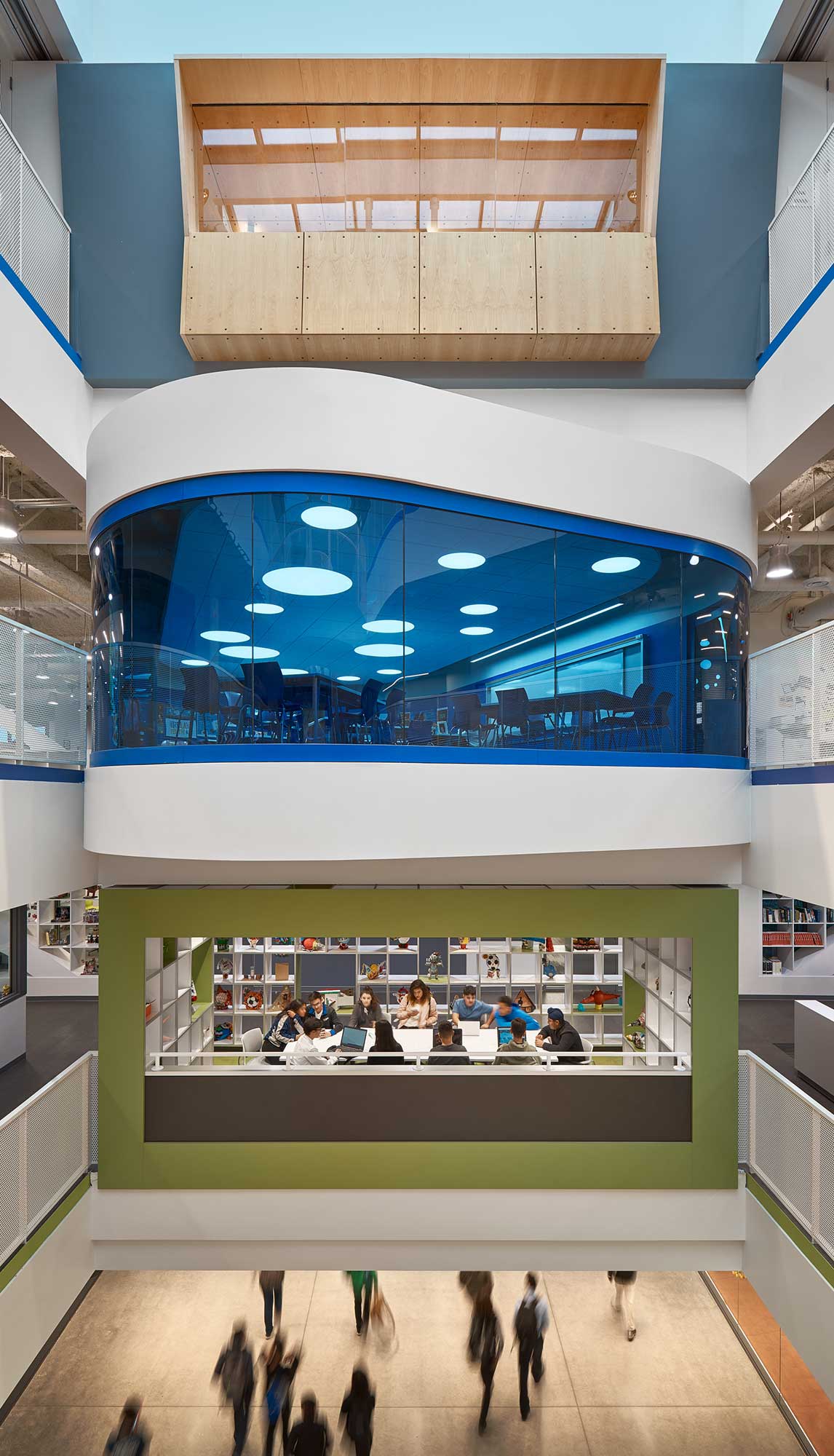
A four-story atrium in the center of the building features a playful stacking of student collaboration spaces, each with its own character.
Why has a learner-centric approach to education become so important?
The world is accelerating, and change is accelerating at such a blistering pace that soft skills are a big part of what we’re training for. Part of our work is helping students leverage their skills, interests, and passions so they are prepared for college, career, and life. That’s why personalization is so important.
Since you’ve moved in, what has the response been like?
Well, we talk a good game in general about education, that we really value education. But when you put kids into a building that’s this gorgeous, this functional, and this different, it sends a really loud message about, “Hey, we value education, and we value your education.” I think that message is having a huge impact.
